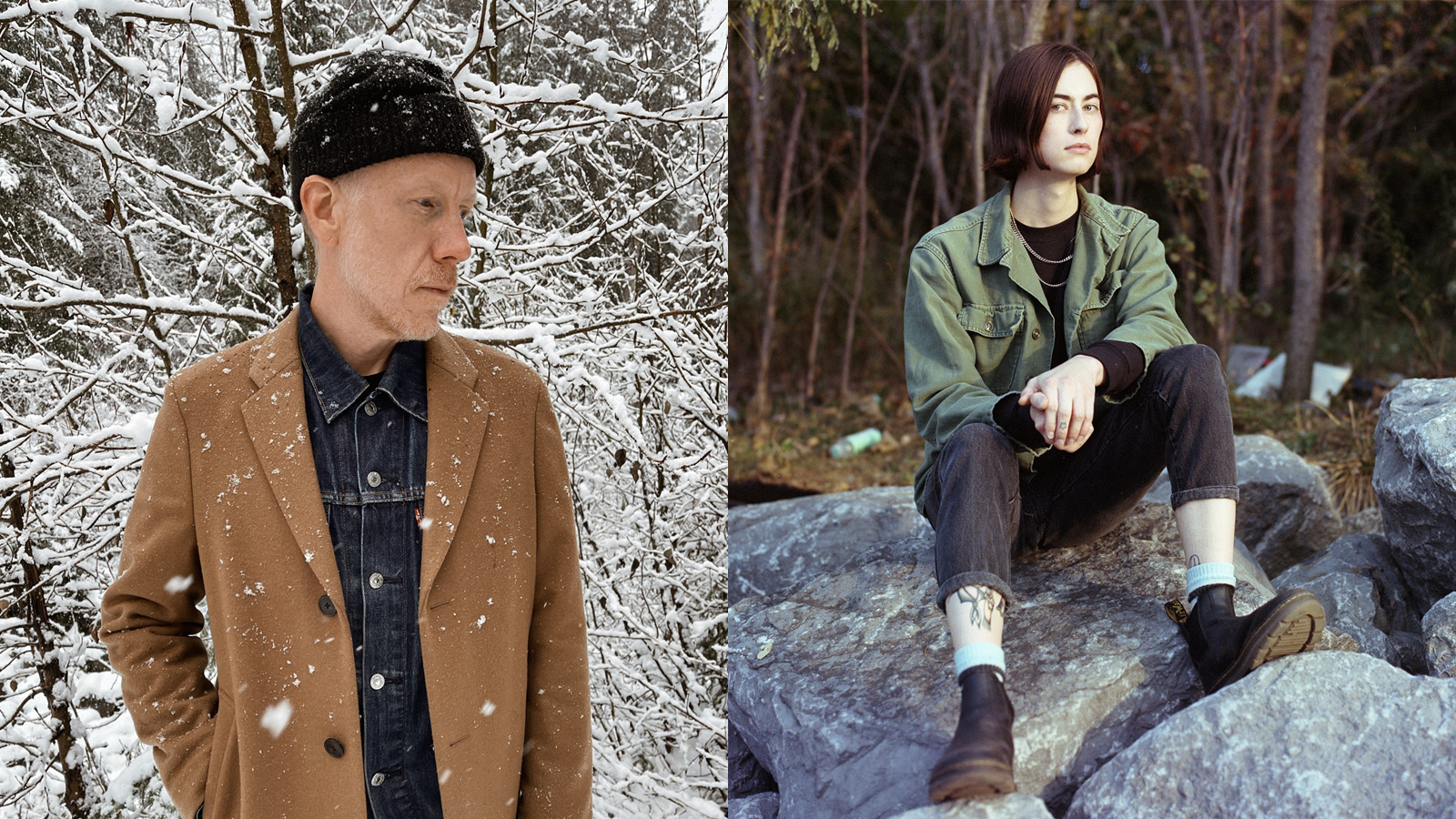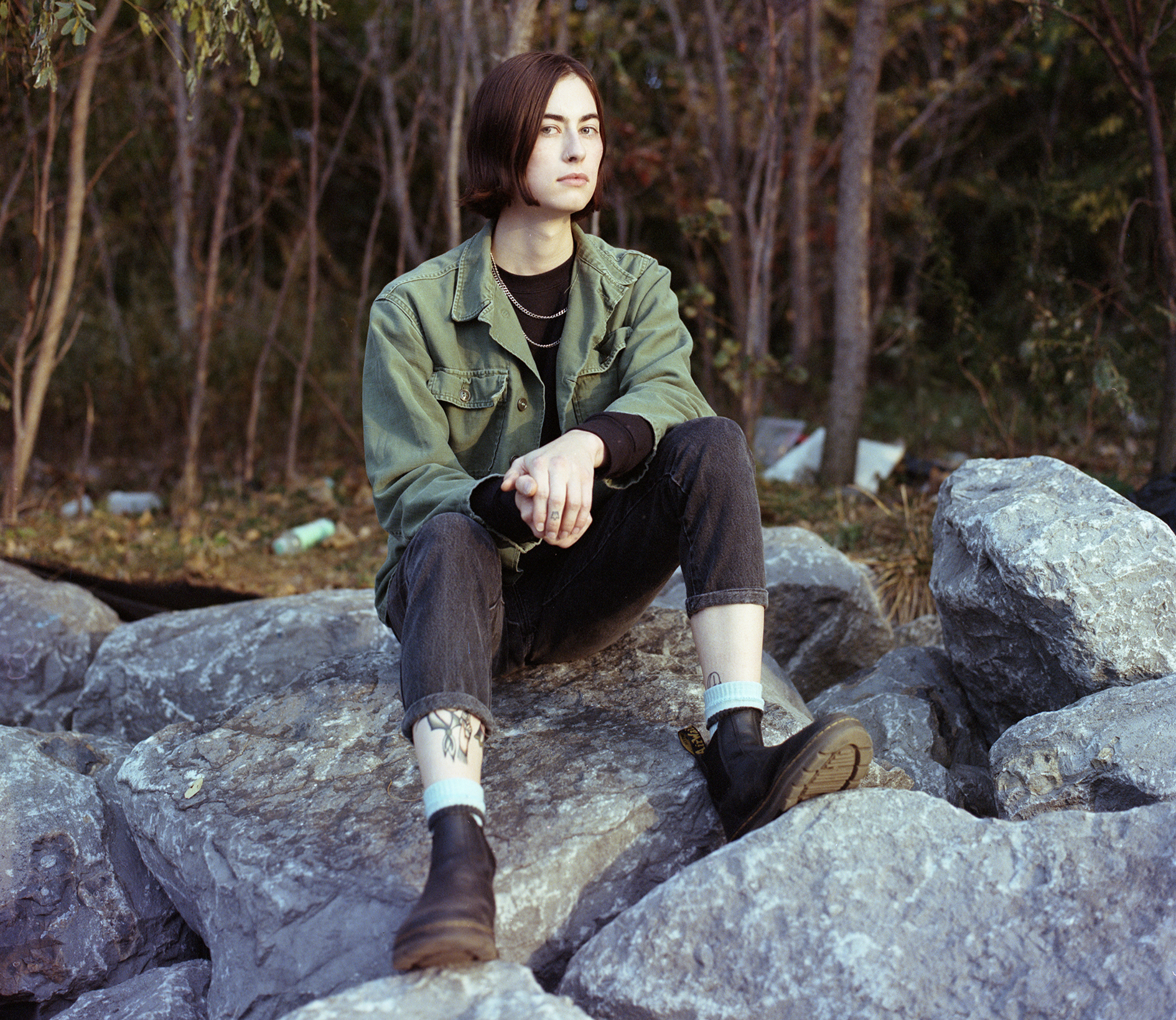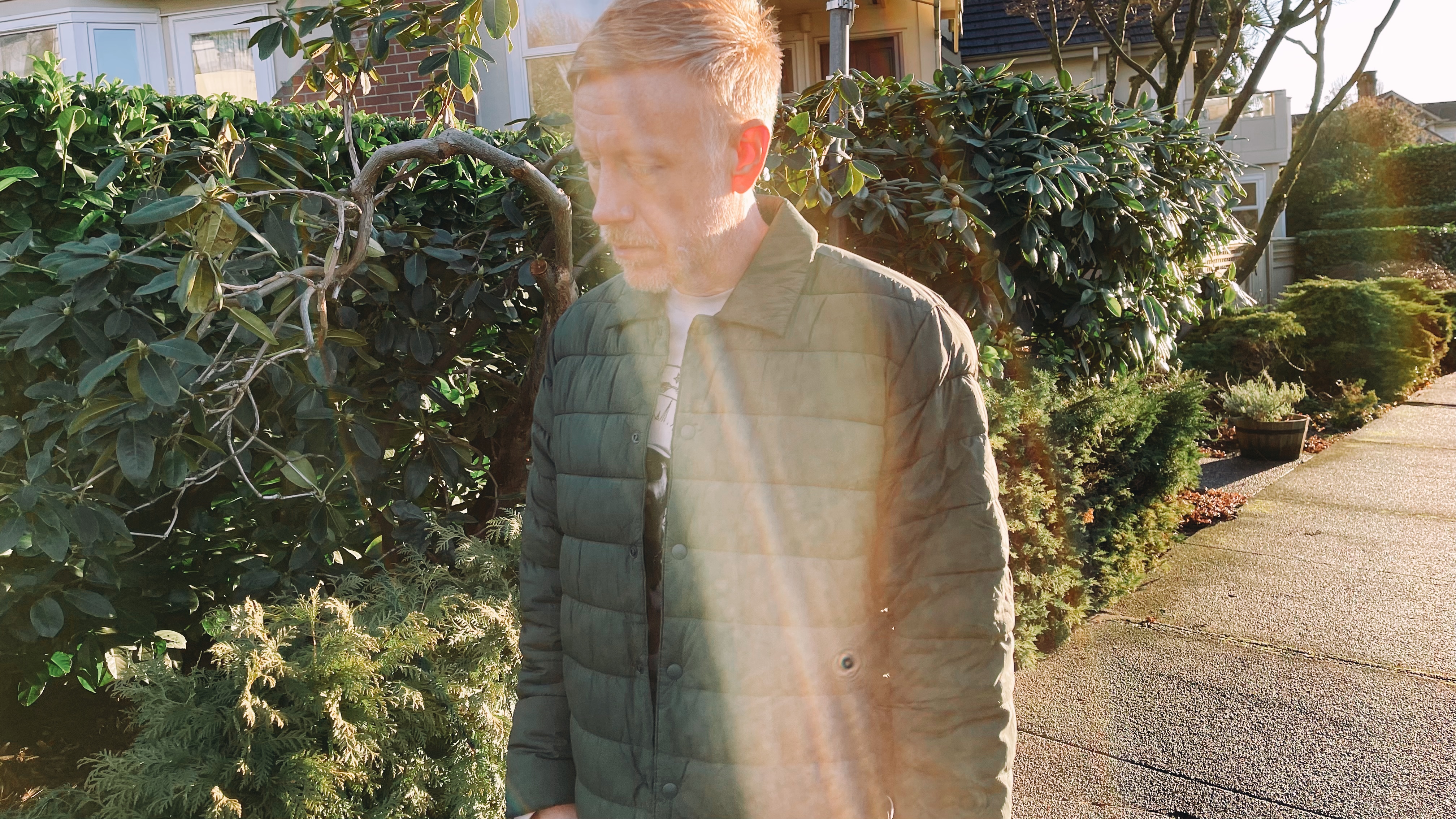5 things we've learned in music production: Claire Rousay and Michael Scott Dawson
Boundary-pushing artists Michael Scott Dawson and Claire Rousay break down the approaches behind their distinct takes on ambient

Michael Scott Dawson and Claire Rousay both have distinctive approaches to producing free-form and highly expressive ambient music.
Using tape loops and processed guitar, Dawson’s Music For Listening uses elements of chance and improvisation to create flowing and meditative pieces. Rousay’s new record, everything perfect is already here, layers a variety of sound sources over carefully curated field recordings, resulting in something that’s at once highly personal and intriguingly abstract.
As part of our recent editorial dive into ambient music production, we asked both composers to give us an insight into their own creative process and offer some advice to those seeking to find their own voice in ambient music.
Claire Rousay
1. How I start a track
“When starting a new project, I typically assign myself parameters to work inside of. I will choose an approximate duration, key, as well as an emotion that I want the track to exist within. Sometimes over the course of recording these parameters change. Regardless, I do prefer to start with some basic guidelines. Once these parameters are set up, I decide on a field recording or sample that captures the emotion I am trying to convey. Once this has been selected, the rest of the composition and production seems to flow with much more ease than it would without these parameters.”
2. How I know when a track's finished
“I stop working on something once it starts to sound bad to me. If I feel like a track isn’t finished but has started to sound bad, I just shelve it until I feel like working on it again. So many people stress about making the perfect record or ‘everything having its place’ in the music. I don’t think that way. My recorded work tends to be lo-fi, partially free-form, and prioritises conveying emotion over sonic perfection. I decide things are finished when listening back to the recording moves me in some emotional way.”

3. How to maintain momentum in longer pieces
Everything in the track relates back to a single idea
“Whenever I’m working on longer pieces, I try to centre the track around a single theme. This theme can be some sort of musical motif or an abstract emotion or feeling I want to convey. Working on longer pieces of music is easier for me when I have a single melody or theme. This way I have something to properly measure each contribution against. Everything in the track then relates back to a single idea.”
4. How I tackle writer's block
“I actively try to avoid writer’s block by following a daily recording routine during the times I’m not travelling. I try to record something new every single day, usually before 12:00pm. This could be anything (a field recording outside my house, a demo idea for a longer track, a short piece of electronic music, etc). 90% of these recordings never leave my hard drive. This sits well with me because it’s the daily ritual of creating something new that I am chasing after all.”
Get the MusicRadar Newsletter
Want all the hottest music and gear news, reviews, deals, features and more, direct to your inbox? Sign up here.
5. How I communicate my ideas
“I have certain techniques that help me communicate my ideas better than other techniques. I do not place a huge importance on having my own sound and definitely do not believe in having a singular sound. I believe identifying too closely with a specific sound or style can be dangerous to the creative process. Some of the techniques or sounds I enjoy communicating with include voice to text, Auto-tune, field recordings with minimal activity, and multi-tracked/layered piano.”
Claire Rousay's everything perfect is already here is out now on Shelter Press.
Michael Scott Dawson
1. Give yourself the freedom to experiment
“There’s an inevitable debate that often comes up alongside the mere mention of ambient, about whether some processes hold more artistic value than others. If you Google ambient production advice, you often find remarks by some wise-ass or other snarking that all you need to do is put a ton of reverb and delay on your guitar.
“While I suppose that may be accurate advice in some capacity, it’s frustratingly reductive to both the curious musician wanting to explore the genre and to the genre itself. Whether you are interested in composing stark, minimalist works or in creating a glimmering wall of sound, I encourage you to take time to explore and find sounds that resonate with you. Be OK with creating a lot of garbage in the process. One of the most fundamental things we should do as humans is encourage and support others in their creativity. ”
2. Embrace whatever you have to work with
“Don’t allow yourself to get hung up on all of the equipment you wish you had. Ambient music is closely tethered to technology, from recording software to the constant release stream of boutique pedals or the steady evolution of mind-bending modules for modular synths, but it’s certainly not imperative to have the latest of everything to create something meaningful.
Ambient music is closely tethered to technology, but it's not imperative to have the latest of everything to create something meaningful
“At the heart of it a piano is a piece of technology. We now take for granted what it was intended to do, but that doesn’t mean there aren’t still endless possibilities of things it could do. I’m fairly confident that with enough tinkering and heart you could create a truly beautiful record with just your phone and the sound of your neighbour’s wind chimes.”
3. Try different qualities of fidelity
“Try different ways to juxtapose these elements. I suppose it’s like when you see a photo of a Kardashian wearing a thousand dollar pair of shoes with a Slayer tee shirt. If you’re creating entirely within a digital workspace then explore ways to generate a variety of sonic qualities. Try EQing a synth pad down to just a frail, high sizzle or using tape emulator plugins to saturate or warble tracks. If you’re working with analogue instrumentation or a hybrid, then try recording with whatever you can get your hands on from cassette recorders to answering machines.
“I’m always interested in exploiting (or celebrating) the flaws and shortcomings of older technologies. Dig out an old VCR from the basement and record audio over that dusty VHS tape of Friends episodes you’ve been saving for some reason. On my record I’d made voice notes on my phone of acoustic guitar ideas that I liked, but in the end there was quality to those recordings that I preferred over my efforts to mic the guitar properly so that was what I ended up using in the mixes.”

4. Let some things live on the fringes
“Whether you’re working with a soft synth or running a guitar through a stereo reverb, the default is going to be a hard pan in both speakers. Although that will sound big and spacious, try pulling them in slightly and leave some space on the very outskirts of your mix for textural elements or sounds that drift in and out of your track. Having those bits sit all the way L or R is really going to create a feeling for listeners that things grow wider and/or slightly expand and contract.
Keep some tracks in mono and find a nice place for them to live in one speaker or the other
“Speaking of stereo tracks, explore the stereo field and search for balance. Recording everything in full stereo will sound awesome until it doesn’t… Once you give yourself a little distance (literal and figurative) from your mix you will likely find that you have a cloudy mess. Keep some tracks in mono and find a nice place for them to live in one speaker or the other. It will provide much more clarity and depth. I also like to automate some panning on one or two subtle elements to have them weave side to side between other sounds and create a sense of movement in headphones.”
5. Take time to listen out in the world
“I find environmental sounds to not only be a constant source of inspiration, but they directly influence my palette of tones and textures. Consider the way that pleasing sounds cut through the world, whether that’s the percussive rumble of a distant train passing or the hushed rhythm of a broom sweeping across a sidewalk. How could you create similar sounds within your own tracks?
“Consider also integrating field recordings into music. When I made my first record I had completed all of the instrumentation and found myself noticing environmental sounds that I thought would feel at home in the songs so I was capturing field recordings after the fact. With my new record, it started with field recording and the musical elements were subsequently created and arranged around them.”
Michael Scott Dawson's Music For Listening is out now on We Are Busy Bodies.



I'm MusicRadar's Tech Editor, working across everything from product news and gear-focused features to artist interviews and tech tutorials. I love electronic music and I'm perpetually fascinated by the tools we use to make it. When I'm not behind my laptop keyboard, you'll probably find me behind a MIDI keyboard, carefully crafting the beginnings of another project that I'll ultimately abandon to the creative graveyard that is my overstuffed hard drive.



![PRS Archon Classic and Mark Tremonti MT 15 v2: the newly redesigned tube amps offer a host of new features and tones, with the Alter Bridge guitarist's new lunchbox head [right] featuring the Overdrive channel from his MT 100 head, and there's a half-power switch, too.](https://cdn.mos.cms.futurecdn.net/FD37q5pRLCQDhCpT8y94Zi.jpg)





